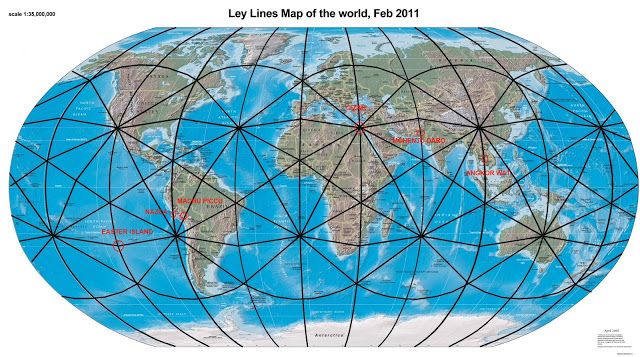Balancing the grid new contract sees domestic solar panels and batteries helping to balance the grid for the first time a frequency response contract has been awarded to a group made up entirely of domestic customers.
National grid energy balancing system.
As system operator national grid and nts shippers are incentivised to balance nts inputs and outputs on a daily basis.
In order to adjust to these rapid changes particularly within the energy generator landscape national grid recognised that our systems and processes needed to change to meet future.
For a list of the aggregators we contract with please see aggregator list.
National grid gas is the transmission system operator tso and we run a natural near monopoly.
The under or over delivered gas is deemed to have been bought or sold by national grid for use in the system.
System marginal sell price negative imbalance.
Under the uniform network code unc shippers are incentivised to balance their system inputs and outputs and make accurate nominations using the gemini system.
Balancing the market national grid nov 2017 end to end balancing guide 4.
Their energy account is not balanced at the end of.
The uk s national grid electricity system operator uses the bm to fine tune supply and demand and recently a new computer system has allowed emerging technologies like batteries to be used in.
This reputational incentive acknowledges that national grid only manages around three per cent of the total energy on the system through the balancing mechanism bm and therefore its limited control over the level of losses.
The energy landscape is changing in generation transportation supply and use.
Any trades that take place outside of the on the day commodity market see below are considered.
The eso balancing services guidance document provides a starting point for new providers and was developed in response to feedback from new and existing providers.
System marginal buy price energy balancing charges march 2013 unc reference.
In an open letter the energy regulator says during the period from march to july balancing costs have risen to 718 million which is 39 higher than the national grid eso s expected costs.
The charges are calculated using system marginal prices for the gas day.
Balancing data we maintain the system frequency between 49 5hz and 50 5hz although normal operating limits of 49 8hz to 50 2hz normally apply.










